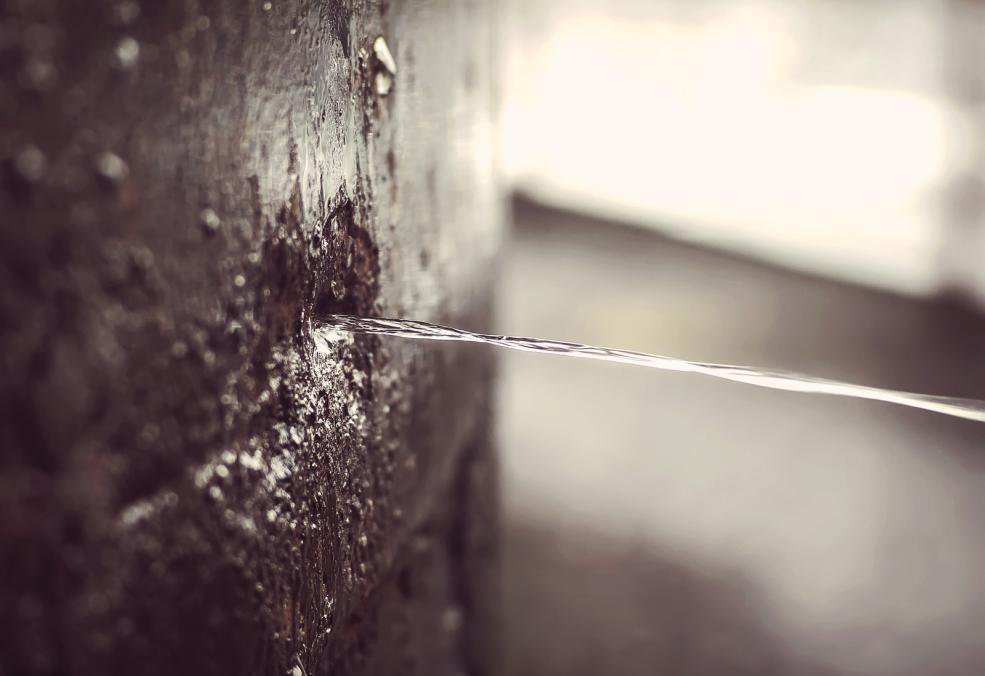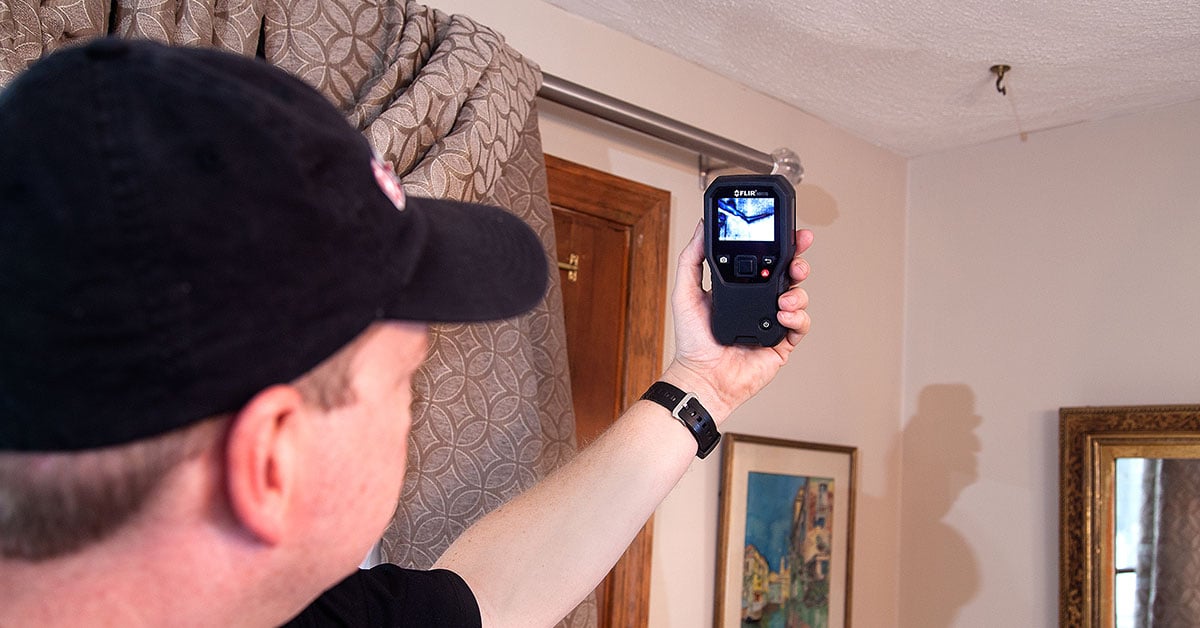Overview To Water Leak Detection In The House
Overview To Water Leak Detection In The House
Blog Article
The content below pertaining to Leaking water lines is rather compelling. Give it a try and make your own final thoughts.

Early discovery of leaking water lines can minimize a prospective disaster. In addition to conserving you money, it will certainly lessen the worry as well as aggravation. The minute you find a leakage, calling your plumber for repair work is the best option. However, some small water leaks may not show up. If you can not spot it with your nude eyes, below are some hacks that aid.
1. Check Out the Water Meter
Every home has a water meter. Examining it is a guaranteed way that aids you discover leaks. For beginners, switch off all the water sources. Make sure no one will purge, utilize the tap, shower, run the washing device or dish washer. From there, most likely to the meter and watch if it will alter. Since no one is using it, there need to be no movements. That shows a fast-moving leakage if it moves. Also, if you identify no changes, wait an hour or two as well as examine back once more. This suggests you may have a slow leak that might even be underground.
2. Inspect Water Usage
If you find sudden changes, despite your intake being the very same, it indicates that you have leaks in your plumbing system. An abrupt spike in your costs suggests a fast-moving leak.
On the other hand, a stable increase on a monthly basis, even with the same practices, reveals you have a slow leak that's also gradually rising. Call a plumber to extensively inspect your building, specifically if you really feel a warm area on your floor with piping below.
3. Do a Food Coloring Examination
When it comes to water intake, 30% comes from toilets. If the color in some way infiltrates your bowl throughout that time without flushing, there's a leak between the container and also bowl.
4. Asses Exterior Lines
Do not fail to remember to inspect your outdoor water lines also. Test spigots by attaching a garden pipe. Must water leak out of the connection, you have a loose rubber gasket. Change this and make certain all connections are limited. If you've obtained a lawn sprinkler, it will certainly help get it skillfully analyzed and kept each year. One tiny leakage can squander lots of water and also increase your water bill.
5. Evaluate the situation as well as inspect
Property owners need to make it a practice to examine under the sink counters and even inside cabinets for any bad odor or mold growth. These two red flags indicate a leak so prompt focus is required. Doing routine assessments, also bi-annually, can save you from a significant problem.
Inspect for stainings as well as compromising as the majority of pipes and devices have a life expectancy. If you suspect leaking water lines in your plumbing system, do not wait for it to rise.
Early discovery of leaking water lines can alleviate a possible catastrophe. Some tiny water leakages might not be visible. Checking it is a proven way that helps you discover leaks. One small leakage can squander loads of water and surge your water costs.
If you believe leaking water lines in your plumbing system, do not wait for it to rise.
WARNING SIGNS OF WATER LEAKAGE BEHIND THE WALL
PERSISTENT MUSTY ODORS
As water slowly drips from a leaky pipe inside the wall, flooring and sheetrock stay damp and develop an odor similar to wet cardboard. It generates a musty smell that can help you find hidden leaks.
MOLD IN UNUSUAL AREAS
Mold usually grows in wet areas like kitchens, baths and laundry rooms. If you spot the stuff on walls or baseboards in other rooms of the house, it’s a good indicator of undetected water leaks.
STAINS THAT GROW
When mold thrives around a leaky pipe, it sometimes takes hold on the inside surface of the affected wall. A growing stain on otherwise clean sheetrock is often your sign of a hidden plumbing problem.
PEELING OR BUBBLING WALLPAPER / PAINT
This clue is easy to miss in rooms that don’t get much use. When you see wallpaper separating along seams or paint bubbling or flaking off the wall, blame sheetrock that stays wet because of an undetected leak.
BUCKLED CEILINGS AND STAINED FLOORS
If ceilings or floors in bathrooms, kitchens or laundry areas develop structural problems, don’t rule out constant damp inside the walls. Wet sheetrock can affect adjacent framing, flooring and ceilings.
https://www.servicemasterbyzaba.com/blog/how-to-detect-water-leakage-in-walls/

Do you really like reading about Hacks to detect leaks? Put a short review further down. We'd be pleased to hear your ideas about this content. In hopes that you come back again soon. Are you aware of somebody else who is serious about the subject? Be sure promote it. I enjoy reading our article about Leaking water lines.
Report this page